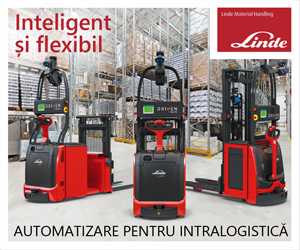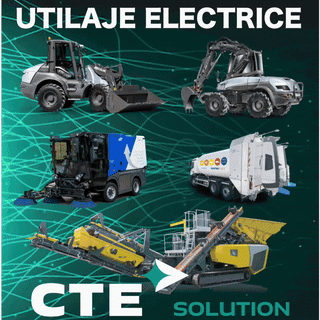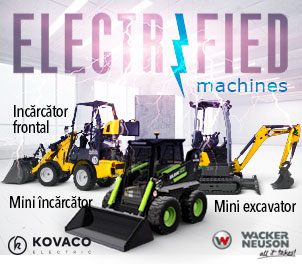Waste wood is something we’re good at
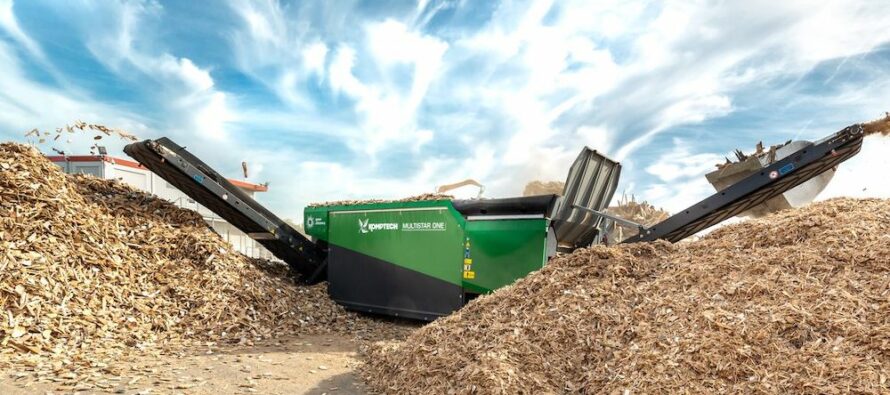
Related Articles
Waste wood includes industrial and used wood that must be collected and disposed of separately according to Germany’s Circular Economy Act (KrWG). In processing biomass and waste wood, efficient purpose-designed machinery is needed to get the best possible results from different input materials.
Depending on where it comes from, waste wood may be contaminated with non-wood substances like paint, halogen organic compounds, and wood preservatives. Consequently, much less waste wood is recycled than is used for energy (17 percent to 77 percent in Germany in 2016 ). The Waste Wood Act accords these two uses the same status, but that could change. Currently, the German government is looking into how legislation on the reclamation of waste wood can be modified to address technical and analytical progress. Komptech is keeping an eye on this process and is taking it into consideration in refining its waste treatment processes.
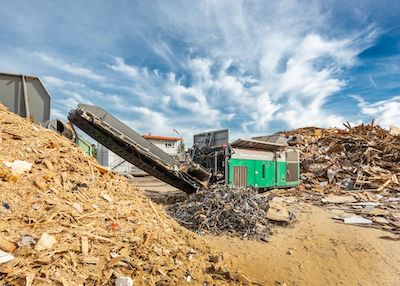 Uses of waste wood
Uses of waste wood
Waste wood is divided into four categories based on the hazardousness of the contaminants in it. Category A I is wood in its natural state without significant contamination; Category A IV is used wood treated with preservatives. The category determines the conditions under which the processed waste wood can be recycled or used as fuel in a biomass cogeneration plant, or whether it can only be used in cogeneration plants that have extensive exhaust scrubbing. The most common use for untreated waste wood is the manufacture of wooden construction materials such as particle board.
Treatment by particle classes
After a visual check during receiving and manual pre-sorting, the waste wood is shredded down to the grain size that is most suitable for further use. First, the metallic contraries are removed. Particle sizes normally follow the categories of EN ISA 17225, which defines the particle classes of biogenic solid fuels. If the waste wood is to be used as a reclaimed material, it is usually reshredded and undergoes another contrary removal step, resulting in fine chips for chipboard.
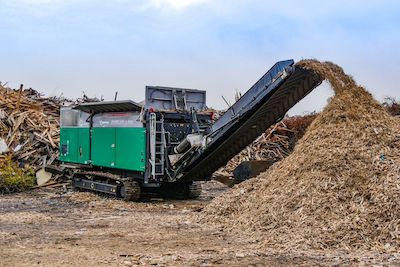 One and two-stage processing (P200, P100, P63)
One and two-stage processing (P200, P100, P63)
Komptech’s Crambo and Terminator are suitable for single-stage processing to specifications P200 and P100. Both are low-speed shredders that are insensitive to metallic contraries. Two-stage processing is recommended for shredding waste wood to particle classes P100 and P63. A star screen downstream from the shredder, such as the Komptech Multistar One, generates a precisely defined grain fraction while returning overlengths to the shredding process. Product quality can be further improved through the addition of an eddy flow separator and overband magnet. These machines can be mobile or stationary, and the Crambo and Terminator are also available in e-mobile versions.
Pre- and post-shredding (P100, P63, and P45)
Particle class 45 output is often required for the material reclamation of waste wood. To achieve this, two shredders can be combined. For example, a Crambo can handle the pre-shredding, in which combined wood and metal objects need to be opened up as fully as possible. Following metal separation, a Komptech Axtor can do efficient post-shredding. The Axtor can be configured to match the material and the requirement.


